Anchors Away in Egypt's Red Sea
How USAID teamed up with scuba divers to protect some of the world’s most vital coral reefs
Egypt is known for the Great Pyramids of Giza and the Valley of the Kings in Luxor, but its most precious treasure predates ancient Egypt and lies below sea level.
Egypt’s Red Sea coast is one of the country’s most breathtaking natural wonders. With year-round sunshine, stunning underwater sights, and calm blue waters, the Red Sea draws millions of tourists every year.
It’s vital for Egypt’s economy, but many do not realize the Red Sea’s coral reefs are also important to the world.
Worldwide, coral reefs provide an important ecosystem for marine life, protect coastlines from storms and erosion, and are central to the livelihoods of millions of people.
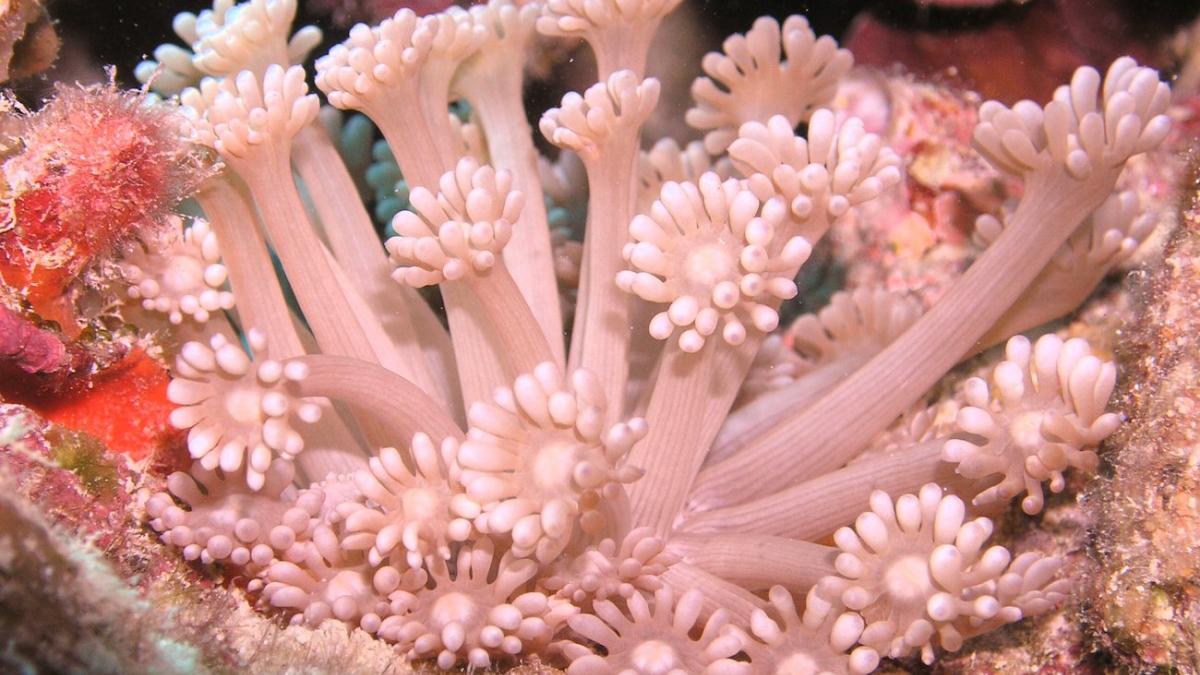
Scientists estimate that if climate change causes a temperature rise of 1.5°C, Earth would lose between 70 and 90% of all coral reefs, and a temperature rise of 2°C would eliminate 99% of today’s reefs. The Red Sea’s beautiful coral reefs may be some of the last reefs in the world to withstand the impacts of climate change.
Covering over 150 square miles, the Red Sea contains one of the longest continuous living reefs in the world, and its uniquely resilient corals are essential to global reef survival as the planet’s oceans warm.
In recent years, these marine ecosystems have been stressed by climate change, coastal development, tourist activity, and overfishing.
In particular, as millions of visitors came to enjoy some of the world’s most vibrant coral reefs, these elaborate underwater ecosystems were being destroyed. Countless boat rides provided visitors an up-close exploration of the magical coral and wildlife. But boat anchors, needing something to latch onto at the bottom of the sea, caused coral reef destruction.
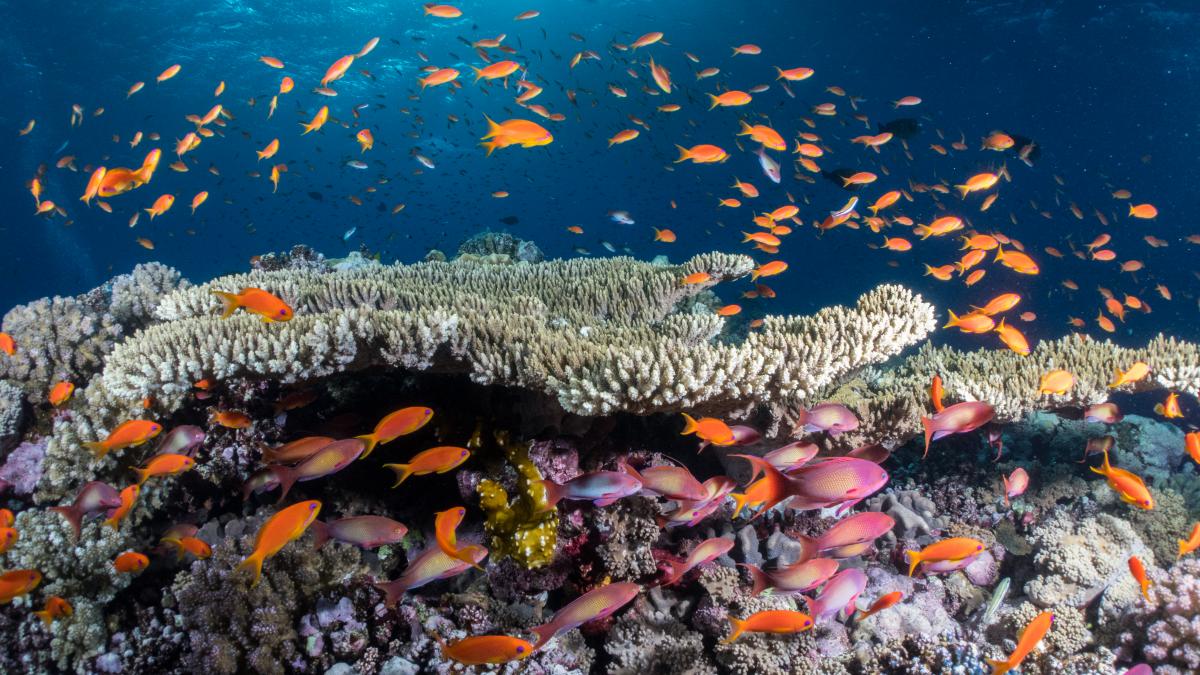
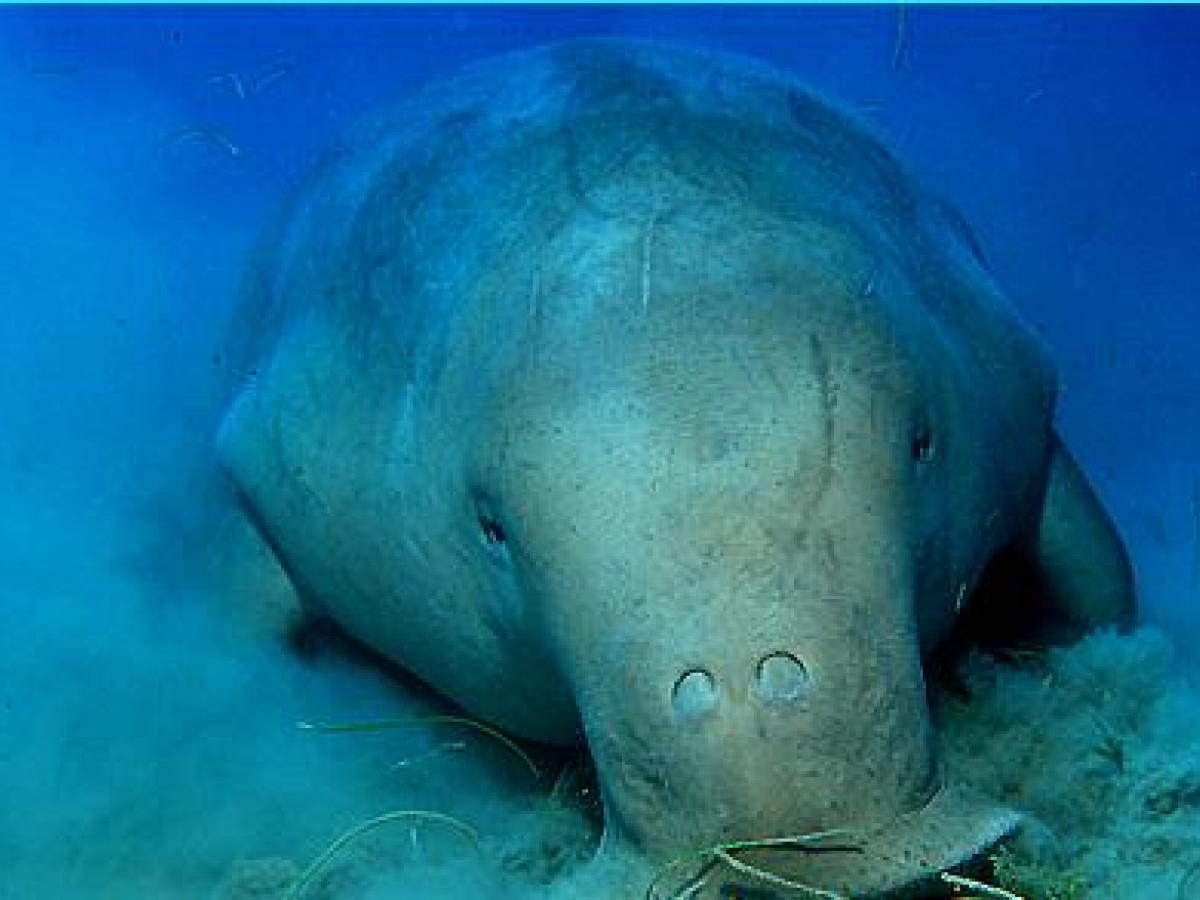
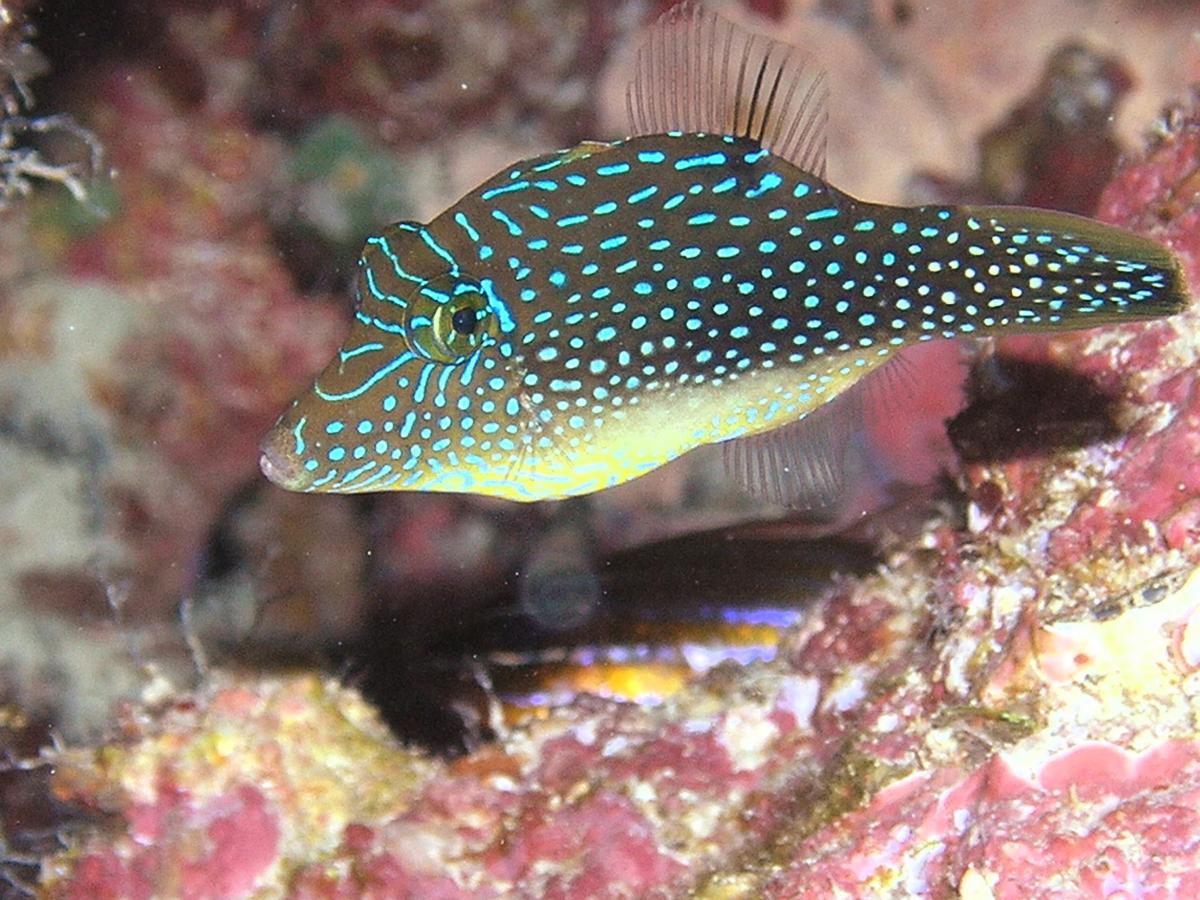
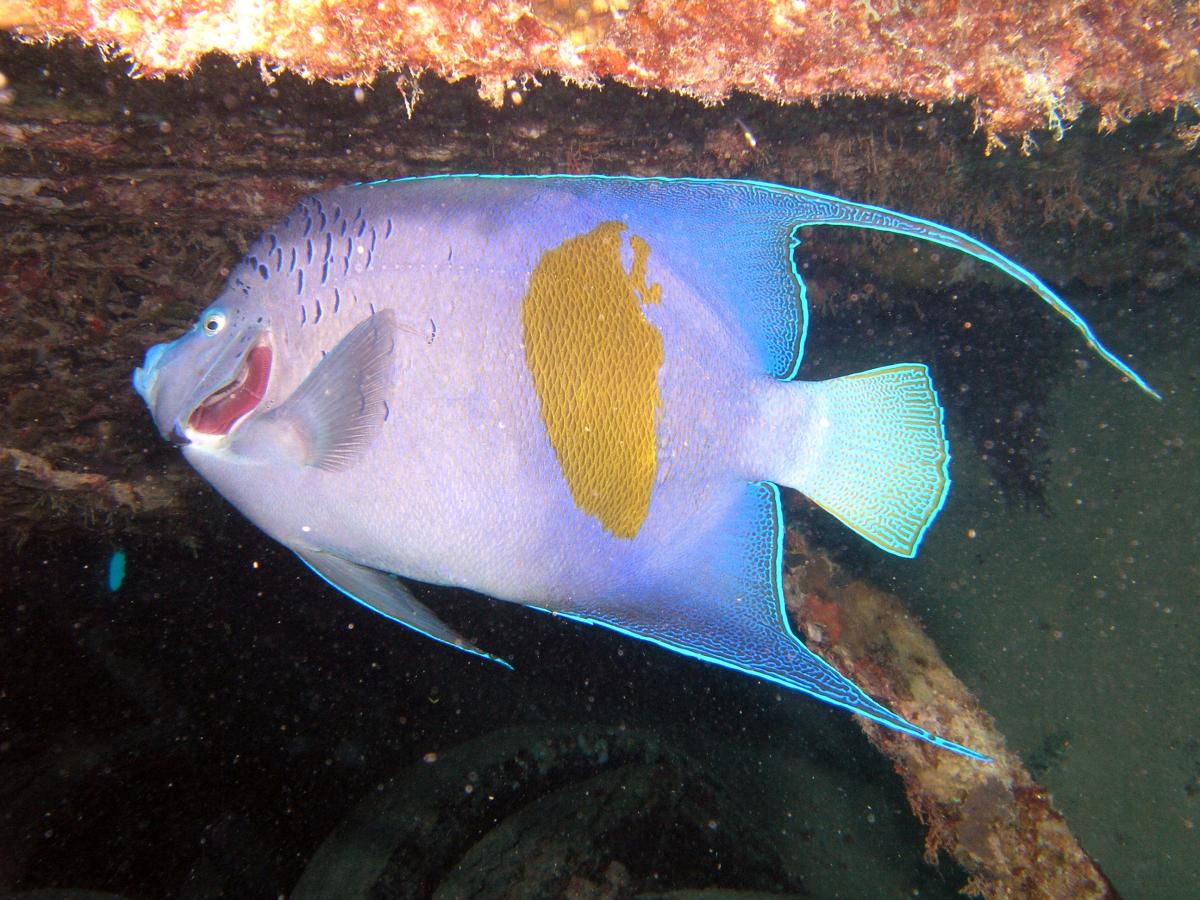
In 1992, 12 members of the Red Sea diving community came together and brainstormed a solution to reduce impacts on these reefs: a permanent mooring buoy system.
The idea was to reduce reef damage by creating permanent fixtures on the seafloor for boats to anchor and prevent damage to the coral itself. This was the creation of the Hurghada Environmental Protection and Conservation Association, or HEPCA.
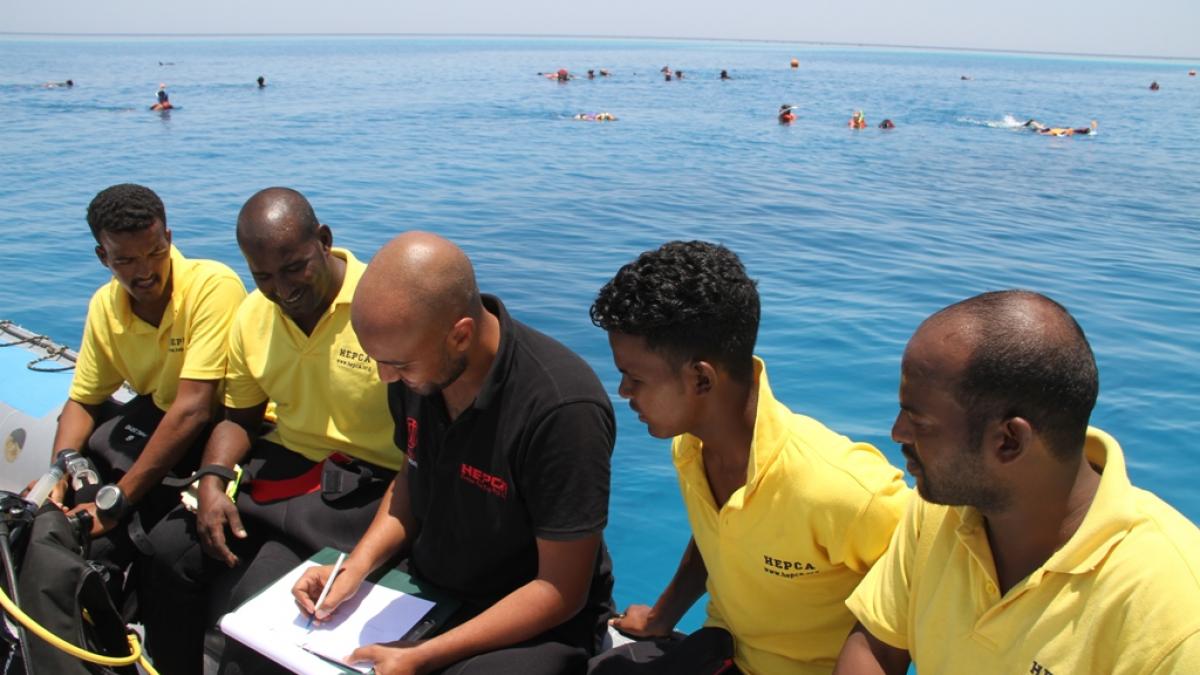
Together, USAID and HEPCA trained divers to install the moorings, and trained boat captains on seamanship, as well as environmental sensitivity and mooring buoy use. Additionally, awareness campaigns at hotels and dive centers were rolled out to ensure that divers and snorkelers respected the reefs.
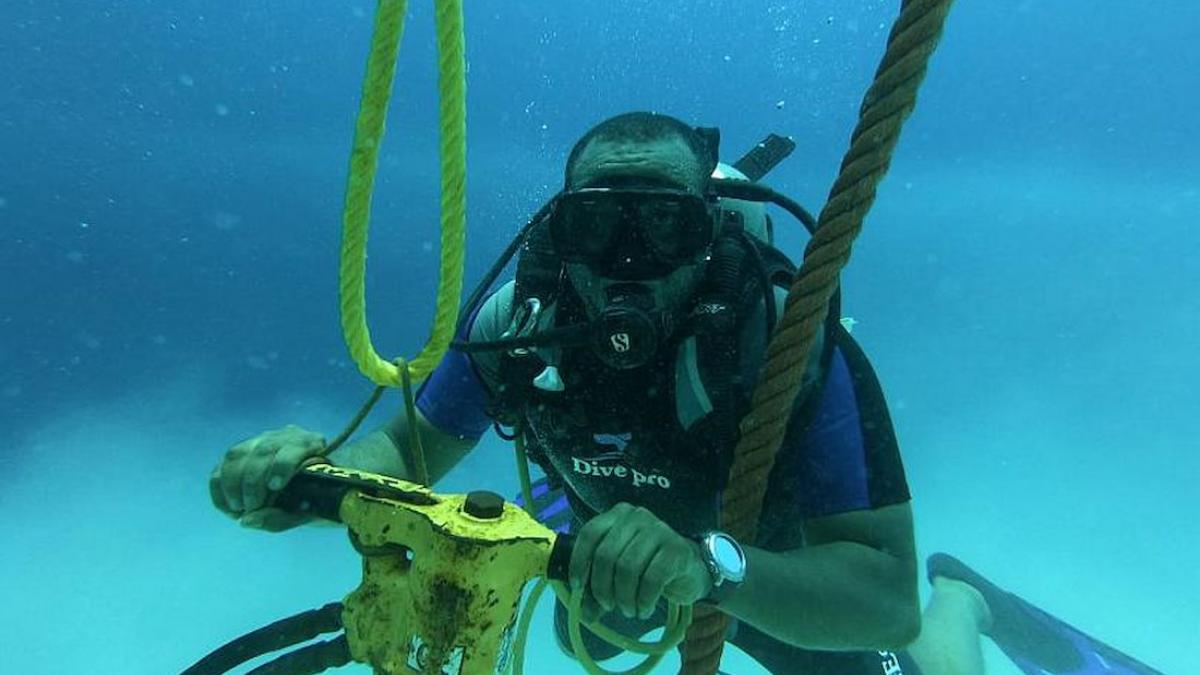
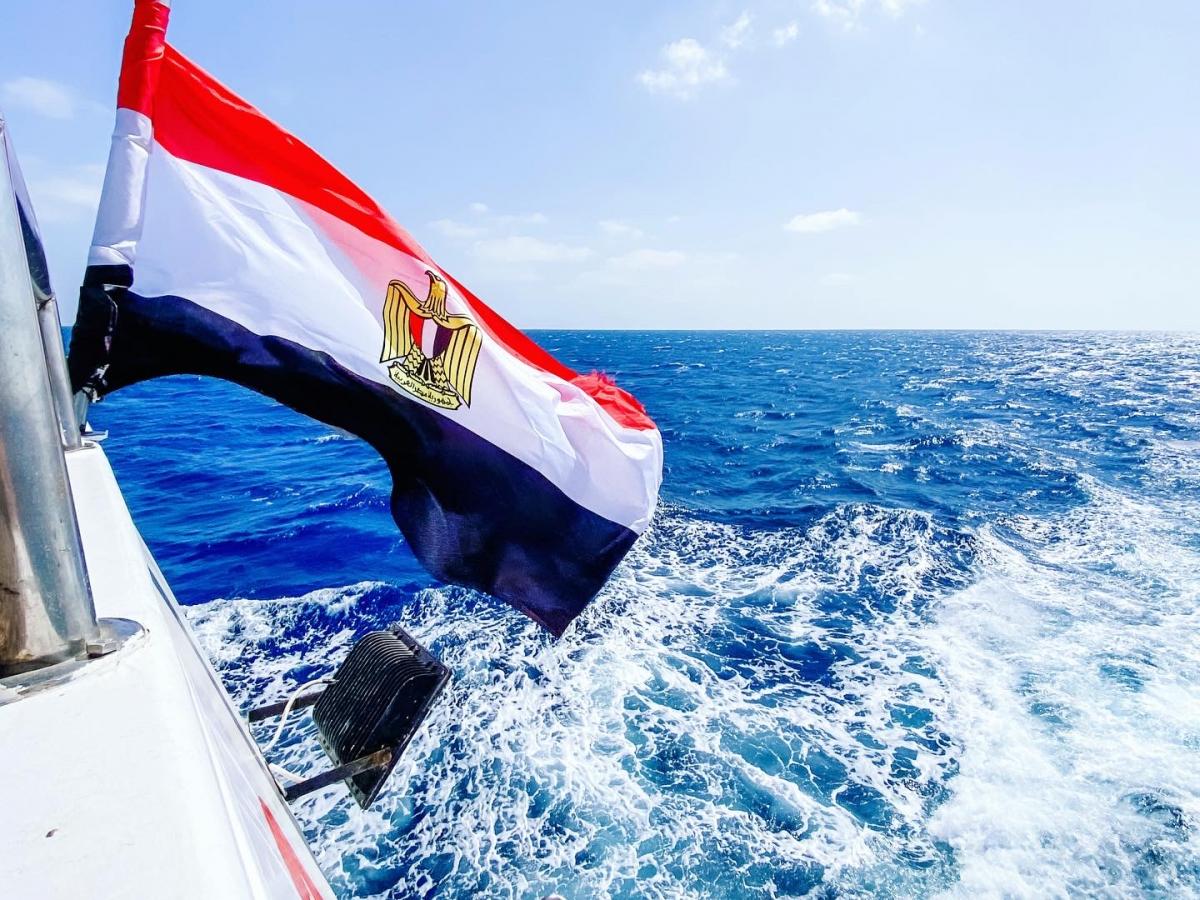
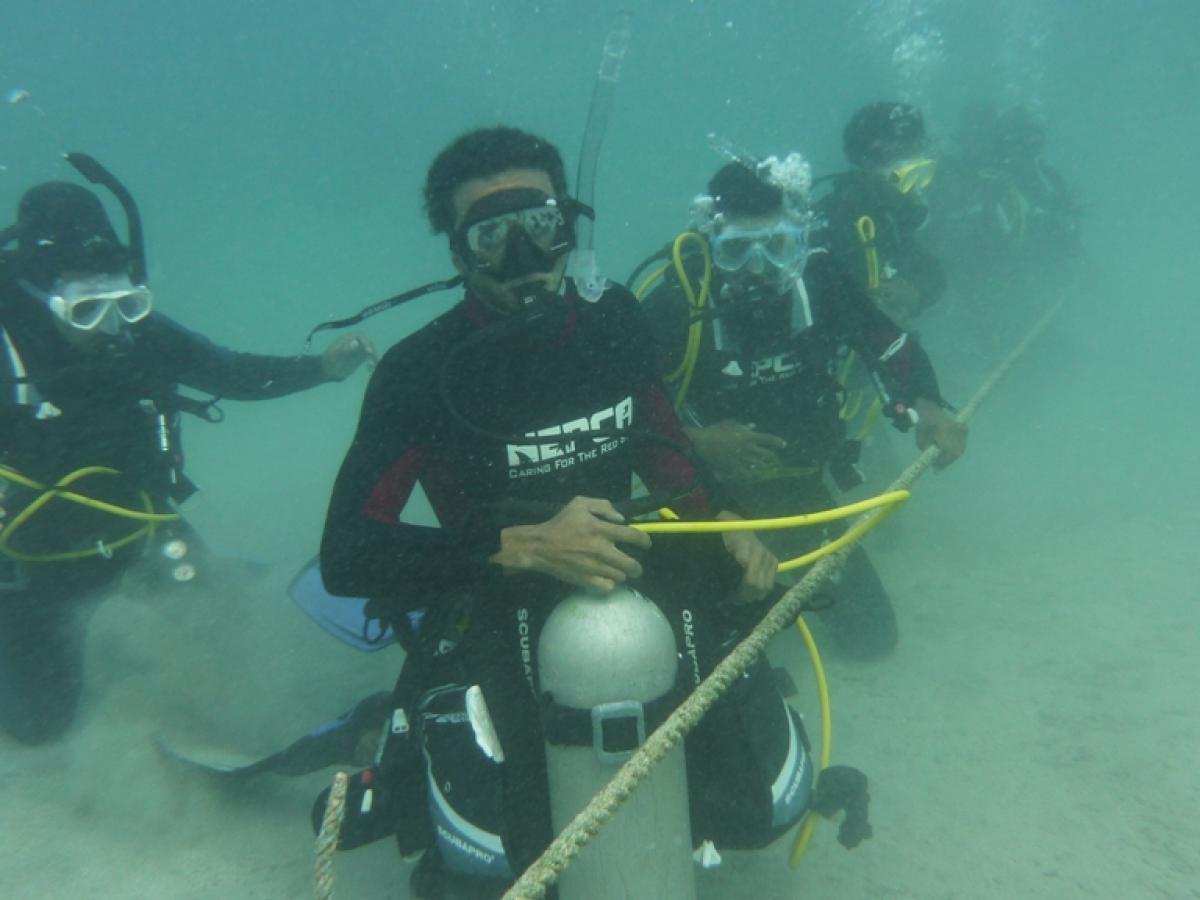
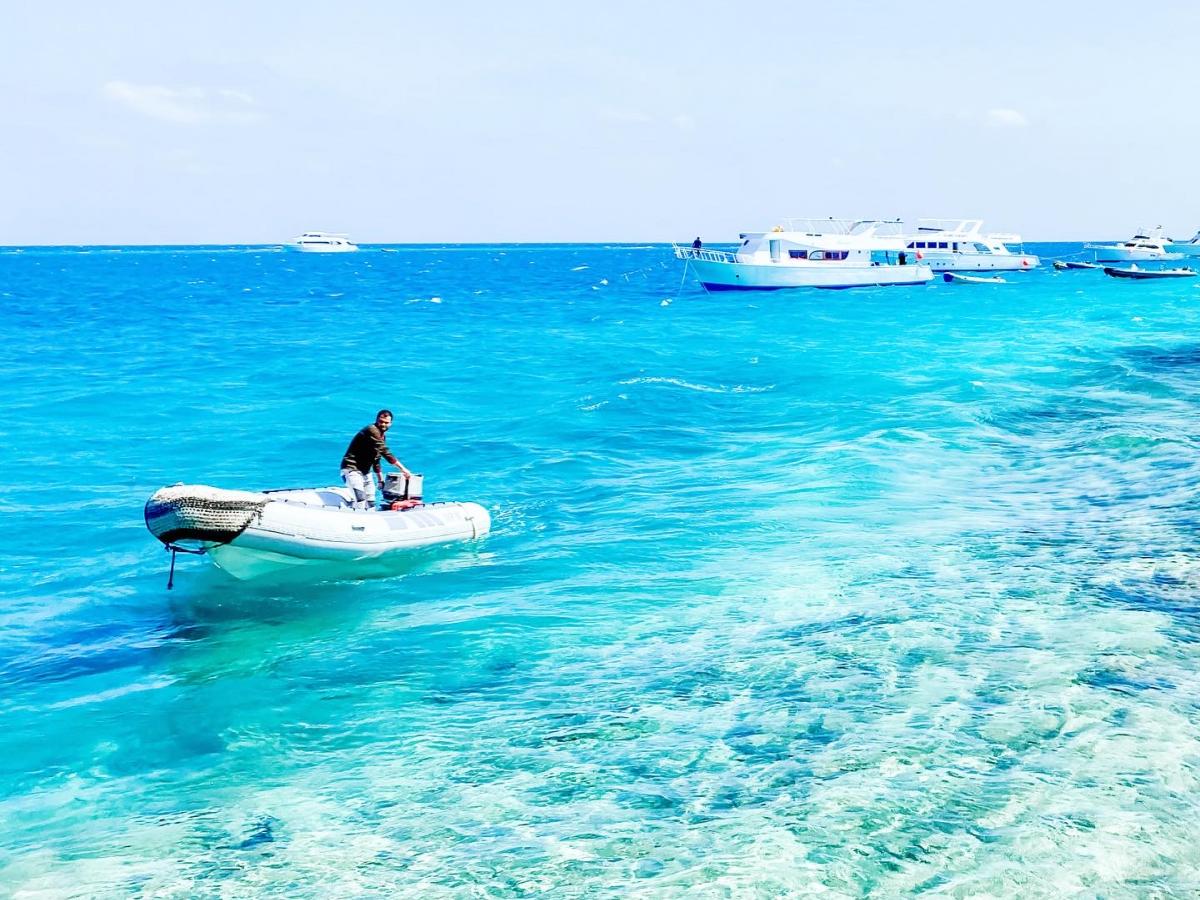
This mooring network started as a small community project to bolster reef resilience, born from the passion of a few individuals to protect the beauty of the Red Sea. It is now the largest mooring system in the world with over 1,000 moorings installed throughout the Southern Red Sea. Neighboring countries have also adopted the model.
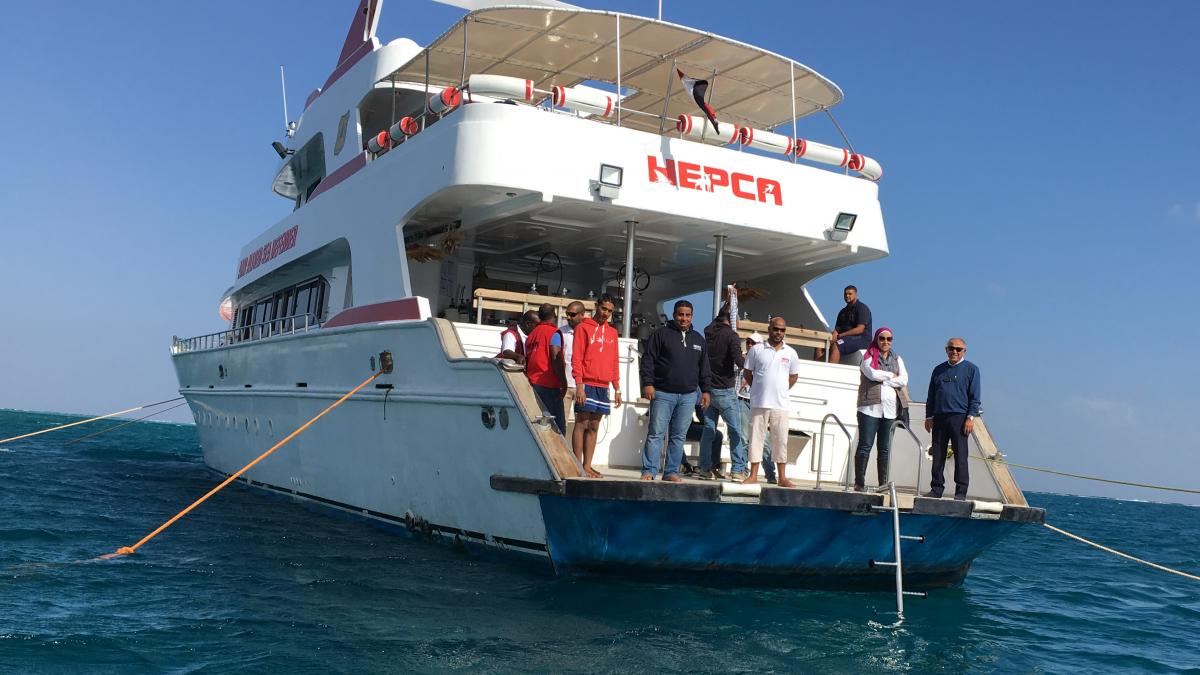
“This is the decisive decade for our planet and for our future. USAID is committed to working with the private sector and Egyptian Government to combat climate change.”
- USAID/Egypt Mission Director Leslie Reed
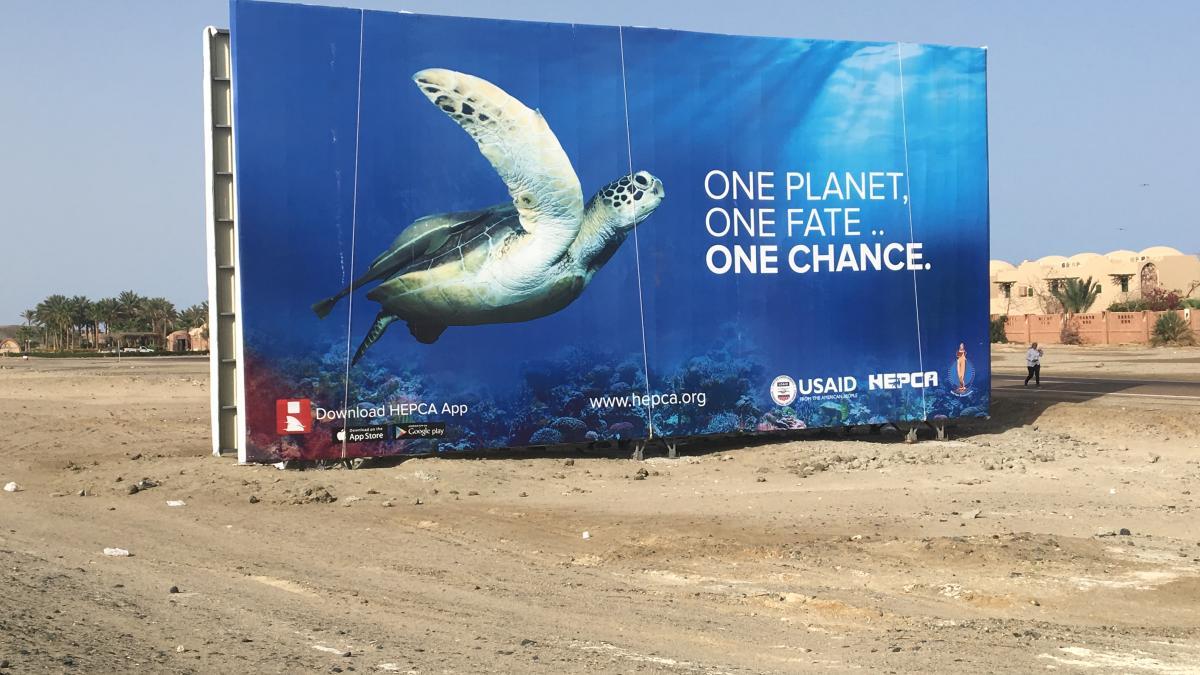
About This Story
Since the 1990s, USAID and HEPCA have partnered to protect Egypt’s natural resources and educate Egyptians and tourists on the importance of environmental conservation efforts. This included training HEPCA staff and board members in fundraising and negotiations, organizing environmental awareness seminars, and clean-up campaigns.
HEPCA estimates that the destruction of coral reefs along Egypt’s Red Sea coastline would have been 70% higher if not for the buoys.
The fate of coral reefs around the world remains fragile due to climate change, heightened tourism, and lack of education and financial support to protect these invaluable ecological assets. With the world’s attention turning to Egypt as it prepares to host the UN Climate Change Conference (COP27) in November 2022, climate action is necessary to protect this unique natural resource.
In line with USAID's new Climate Strategy, the Agency is contemplating further programming to support conservation in the South Red Sea by promoting sustainable and community-based forms of tourism development. Watch this space.
Footnotes: Narrative by Ashley Thoet. Photos by HEPCA, Sarah O’Gorman, and Ana Laffoon.
Narrative by Ashley Thoet. Photos by HEPCA, Sarah O’Gorman, and Ana Laffoon.

